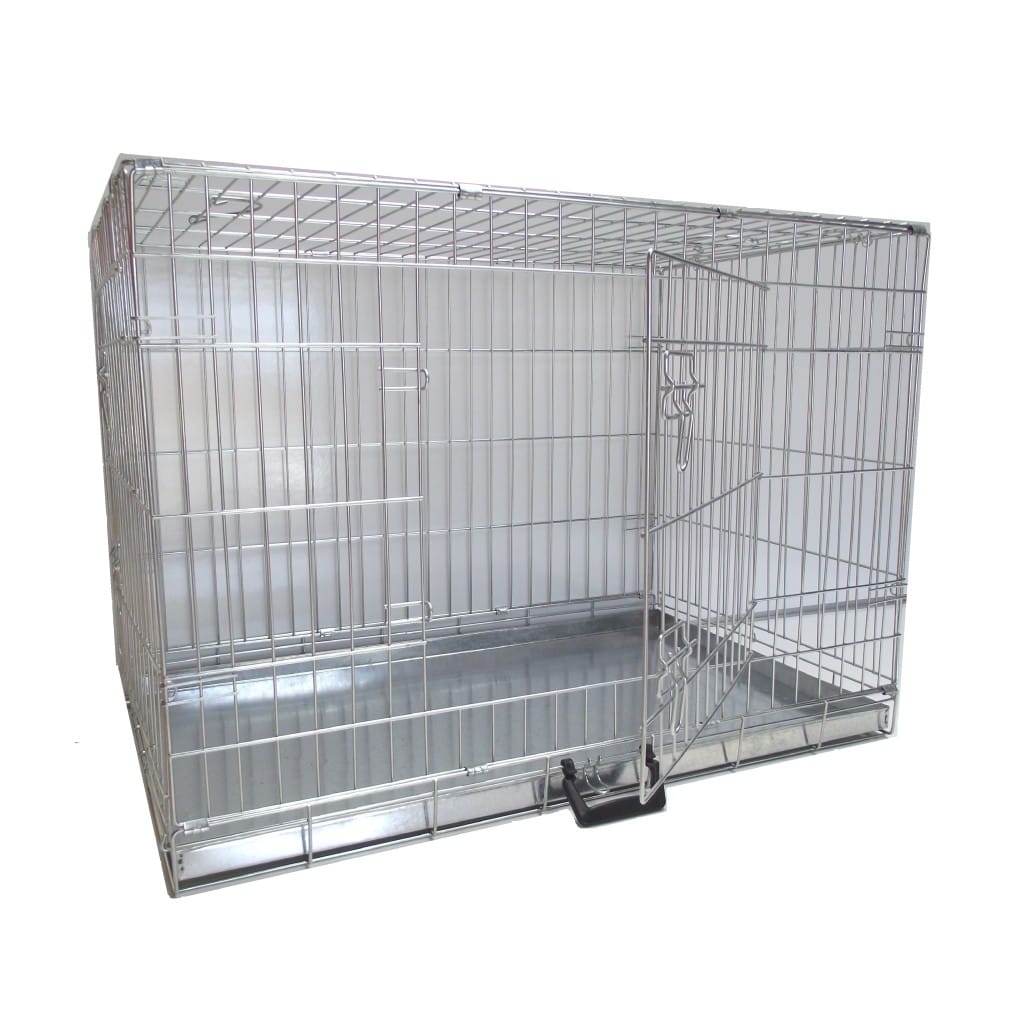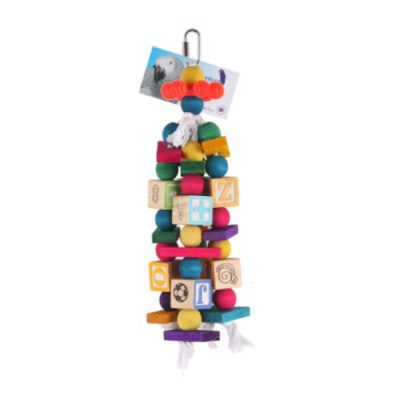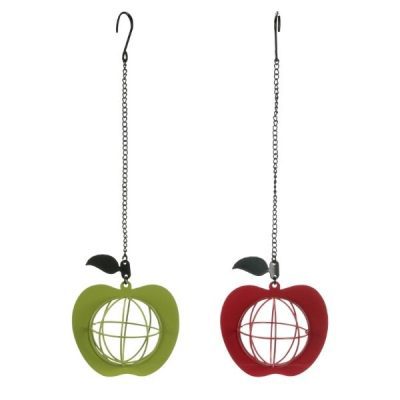Puppy Crate Training
There are many benefits to crate training a puppy, and limited arguments against it, other than those resulting from the improper introduction of puppy crate training – such as using the crate for punishment and leaving a puppy in a crate for extreme lengths of time.
If the crate is presented under positive circumstances, and associated with positive reinforcements, it is a wonderful tool for shaping a puppy into a well-adjusted dog – not to mention an aid in training and serving practical purposes.
A crate, in this case, is a tool for creating a safe haven for the puppy that is familiar, warm, comfortable and ever-so-slightly isolated from the normal hustle and bustle of the household.
The Crate as a Safe Haven for a Puppy
Using the crate as a safe haven is keeping external dangers from the puppy.
For example, children should not be allowed to bother the puppy while in the crate, which includes any unsupervised handling, or agitating. It’s very important that the puppy gets a peaceful, uninterrupted rest.
If you need to leave the puppy for any short period of time, the crate ensures that any curious wandering won’t lead to trouble, such as tumbling down a flight of steps, or putting something in their mouth that they should not.
The Crate as a Practical Tool in a Puppy’s Life
For many, relying on a crate in which to transport a pet is paramount for the comfort and safety of the dog and passengers. In addition, should a dog be kennelled at some point in their life, the use of a crate is an excellent way to get a dog used to confined, personal space.
The Crate as a Training Tool for Puppies
The crate is also a wonderful training tool in many regards – one of the most helpful and popular is for toilet training puppies.
Most puppies will not soil where they sleep and provided that the puppy has been taken outside prior to any reasonable amount of time spent in the crate, they may be left unsupervised without interfering with the puppy toilet training regime. Additionally, it is much clearer for a puppy undergoing toilet training to make the association of going outside to eliminate immediately following release from the crate.
Proper crate training also may prevent separation anxiety when used properly in teaching a puppy that when you leave you always come back. In general, a puppy learns to settle and occupy them without constant human intervention, which becomes increasingly more important as the dog grows and likely become more demanding for attention unless taught to behave otherwise.
For many crate-dog owners, crates are permanent fixtures in the home, and for just as many, a dog is either weaned from the crate by design or by their own choosing. If it is no longer needed because the owner has successfully raised a happy, healthy, well-adjusted dog who prefers existing elsewhere in and around or out of the house, or if the crate is just taking up too much space and you need to gradually phase it out of the home, it does serve many purposes for the new puppy owner.
Try not to think of it as a prison for a puppy, and certainly don’t use it with this purpose in mind. When used properly, you will find that a puppy chooses to go into their crate without prompting. Not to mention that the command, “go to your bed” is a very powerful tool in later obedience training and behaviour management Crates are good things, and just like purchasing a crib for a baby they should be a seriously considered piece of furniture if the new arrival to the home is a puppy.
Click here to browse our range of Dog Cages & Crates!
Puppy crate training can seem overwhelming at first, but your furry little friend will be adjusted to the new environment in no time. For any questions, queries, or concerns, contact us on Facebook.










